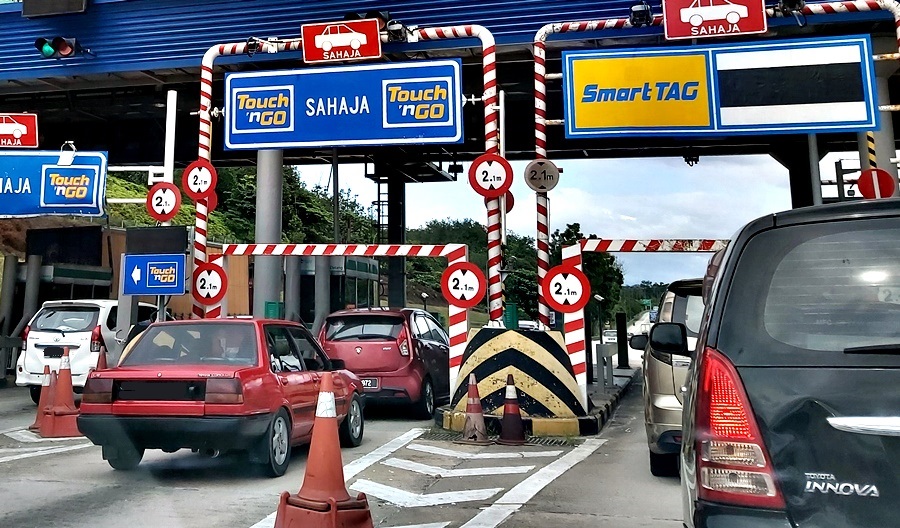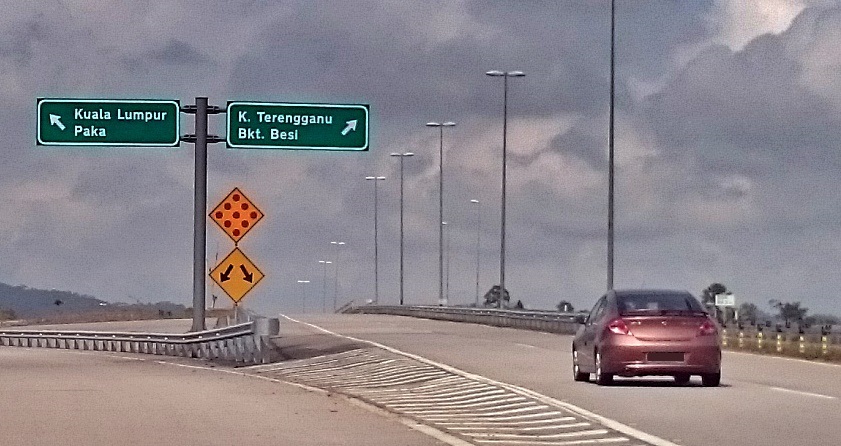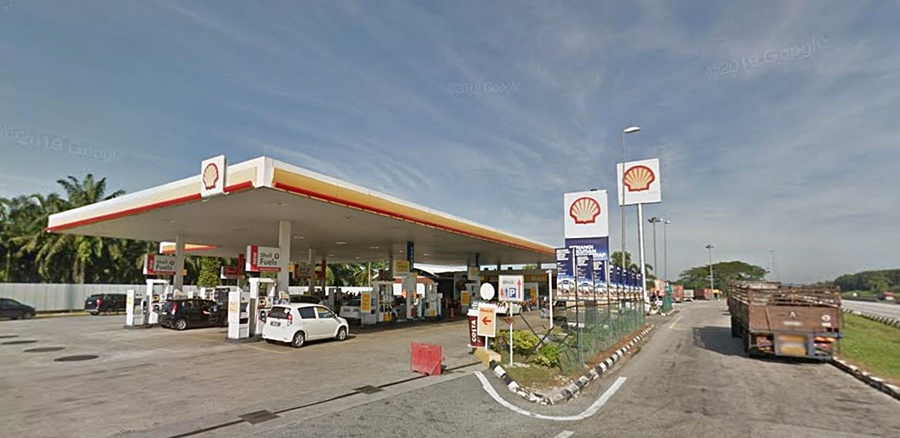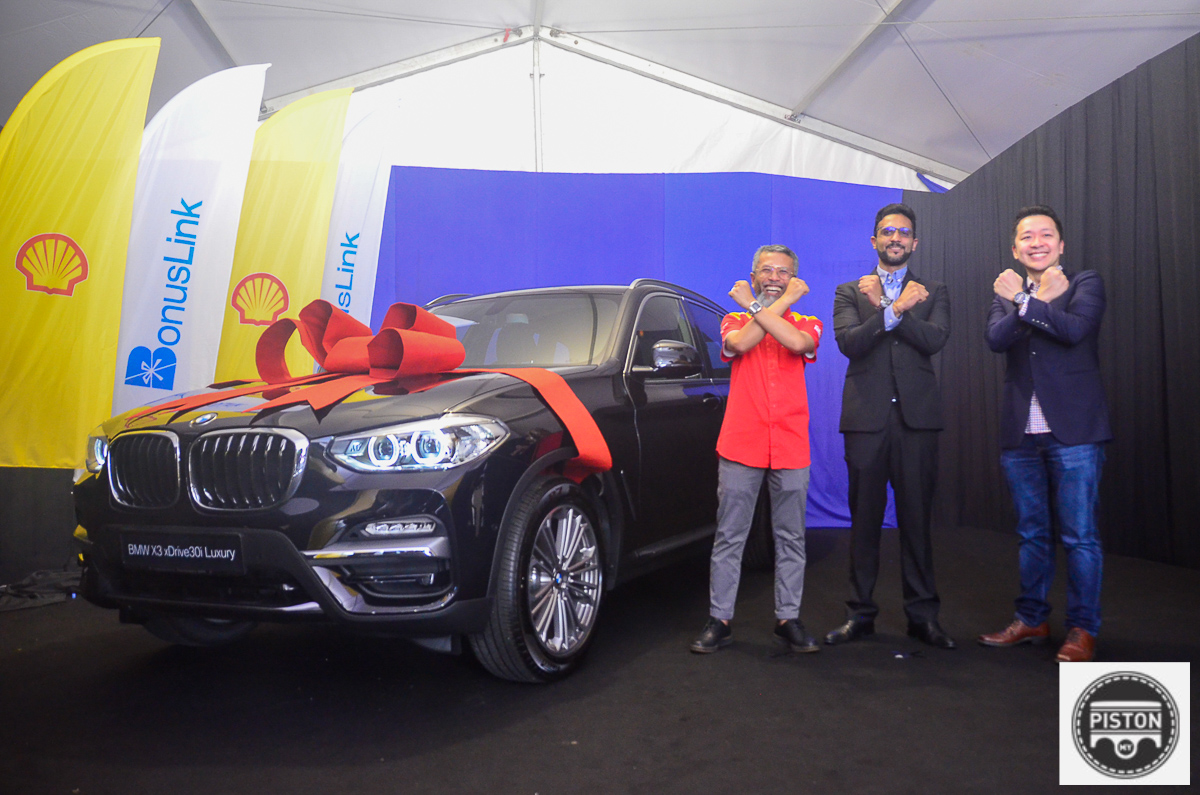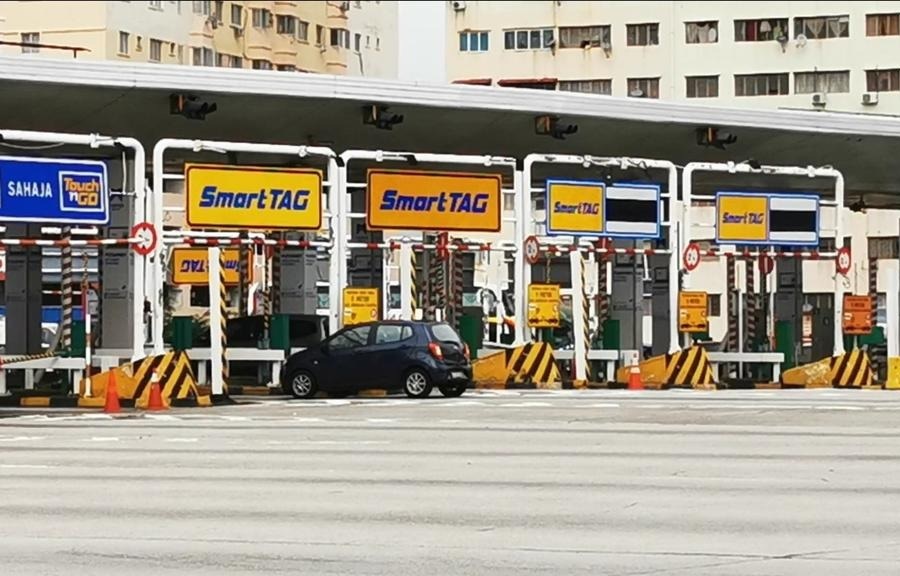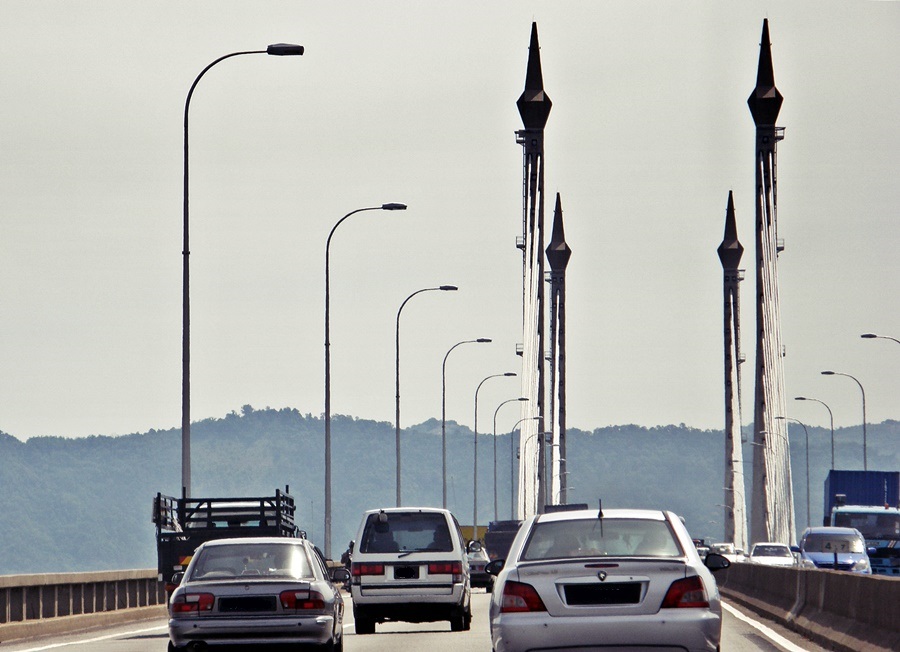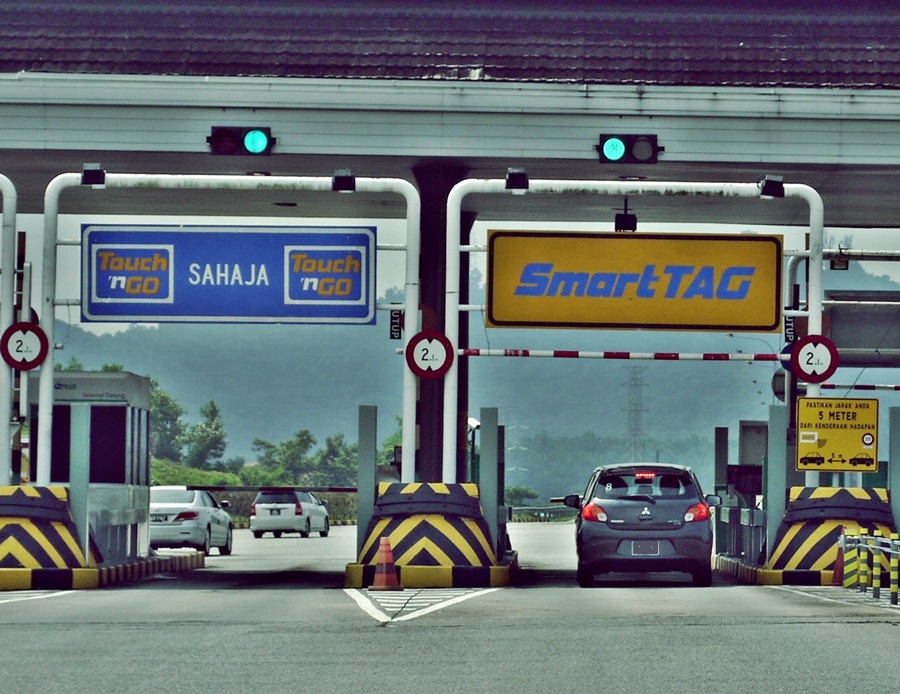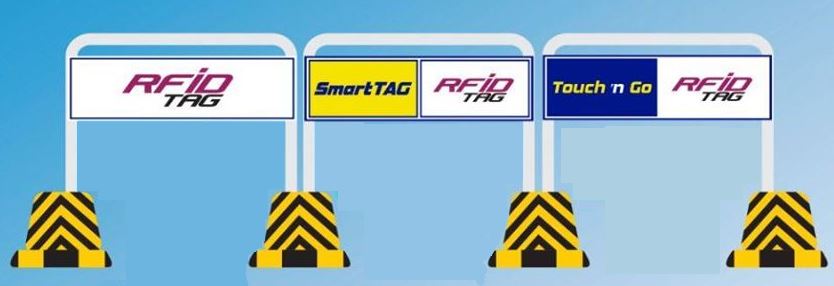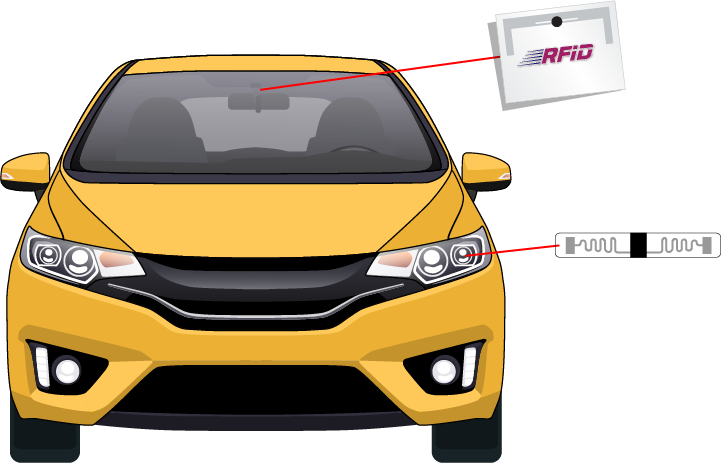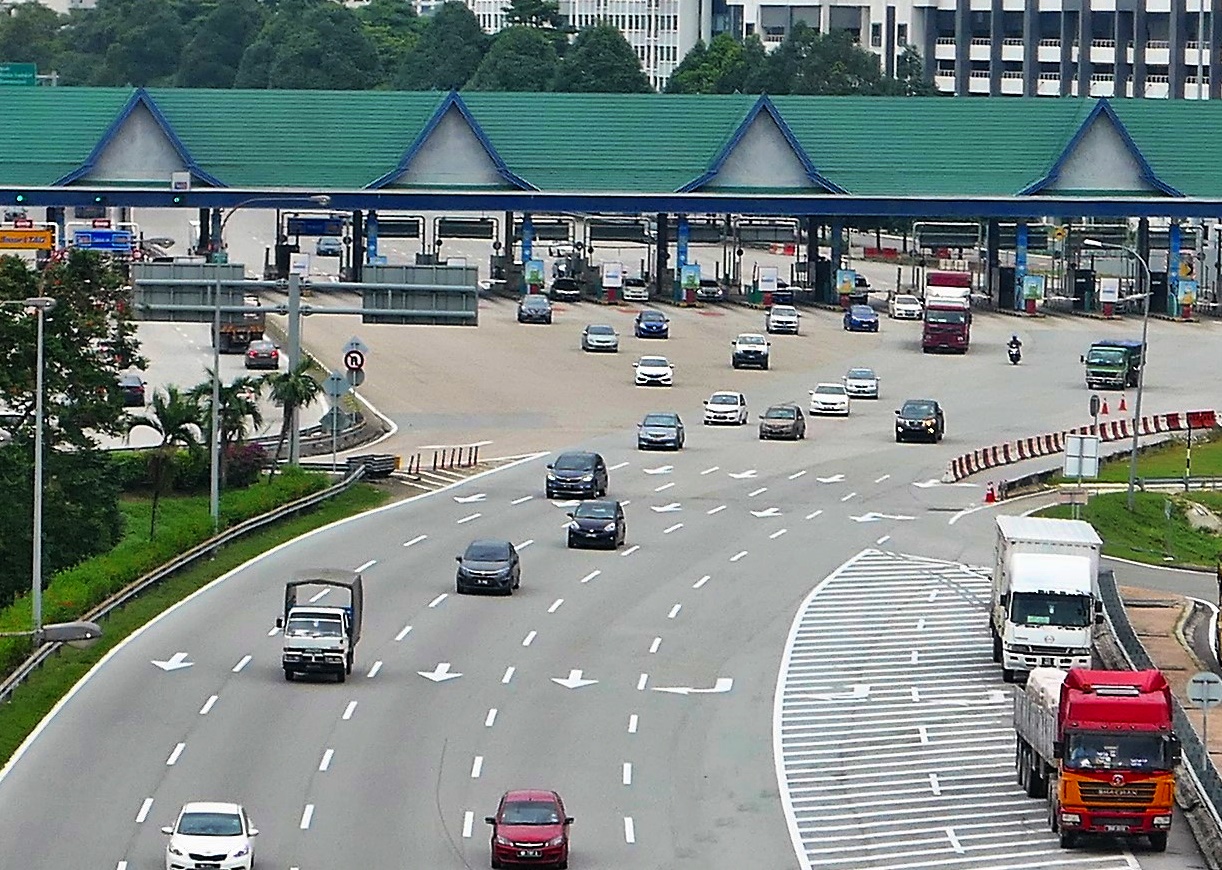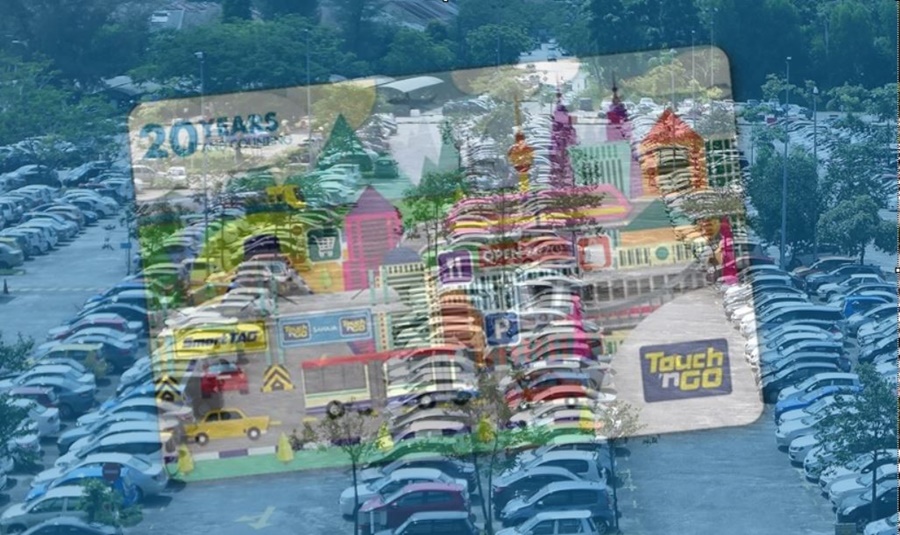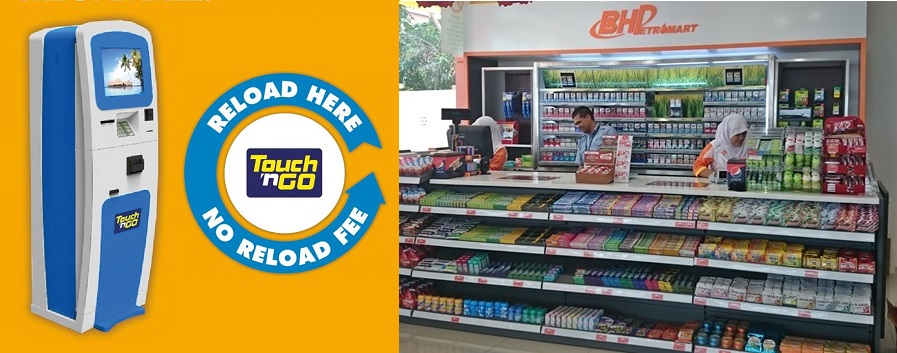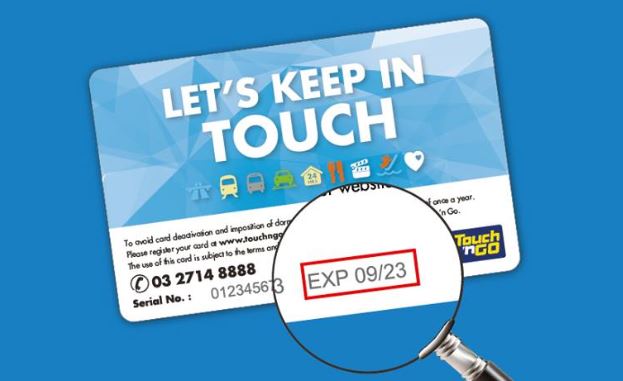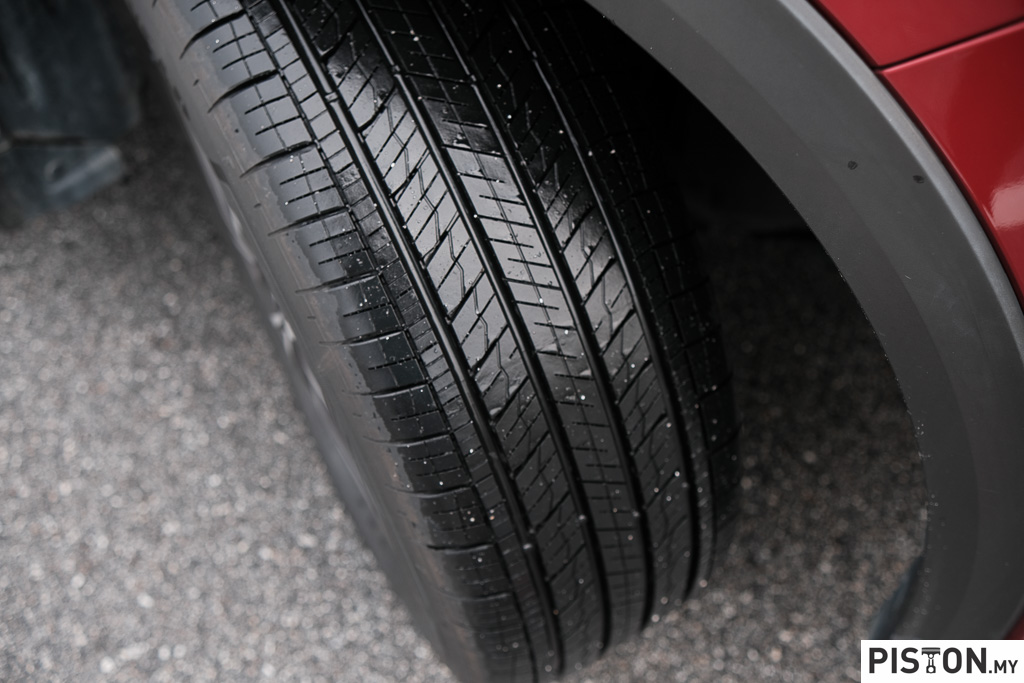If you are travelling on PLUS and LPT2 highways tomorrow (Saturday January 25), your toll charges will be 20% less as a discount is being offered from 12:00 am till 11:59 pm. The 20% discount is only for privately-registered passenger vehicles.
Applicable highways are the North-South Expressway, the New Klang Valley Expressway (NKVE), Seremban-Port Dickson Expressway, the North-South Expressway Central Link (ELITE), Malaysia-Singapore Second Link Highway (Linkedua), Butterworth-Kulim Expressway (BKE), Penang Bridge and the East-Coast Expressway 2 (LPT2).
There is no discount for those passing through the toll plazas at Tanjung Kupang. Motorists who are currently enjoying the existing Penang Bridge 20% toll discount via their Touch ‘n Go cards will also not be entitled to the discount.
To facilitate a smoother traffic flow during the festive period when millions of vehicles will be travelling on the highways, all toll plaza reload facilities on the entry lanes to PLUS-operated highways will be closed to customers from January 22 until February 3, 2020. This move is aimed at reducing traffic congestion due to the long queue at reload lanes at the toll plazas.
PLUS advises motorists to plan their journey in advance and most importantly, to reload their Touch ‘n Go card before starting their journey and make sure their card has sufficient balance to cover all toll charges along the way. There is no Touch ‘n Go card reload service provided at the exit lane of all PLUS toll plazas. However, certain toll plazas do have reload services at the PLUS customer service centres.
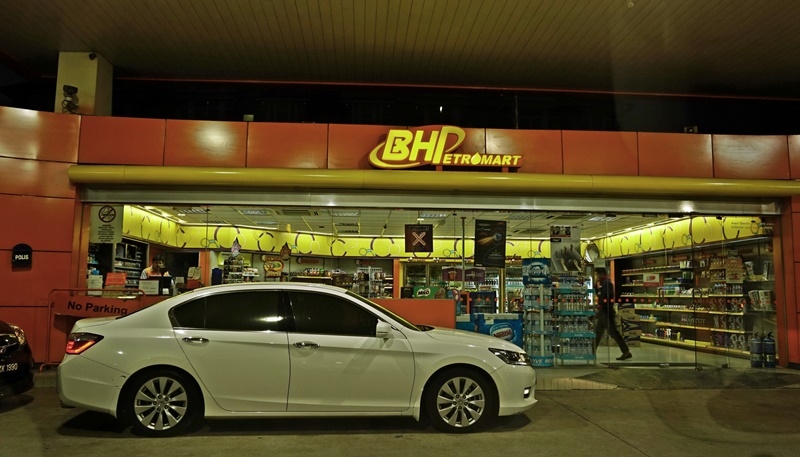
Motorists can top-up their cards at 11,000 reload centres throughout the country, including Touch ‘n Go Spots which are located at 34 petrol stations along the PLUS highway and also Self-Service Kiosks which located at 67 locations at selected R&R areas, lay-bys and toll plazas.
During this festive season, PLUS is expecting a total of 2 million vehicles to utilize its highways, especially during the peak periods which are from January 22 – 24; January 27, 28 and 31; and February 1 (which is a holiday in the Federal Territory).
From February 1, 2020, toll charges on PLUS-operated highways will decrease by 18%, as reported earlier. There will be no change in toll rates on PLUS highways until 2058 but PLUS has its concession period extended by 20 years beyond 2038.
Tips from PLUS for a less stressful drive on the N-S Highway next week

